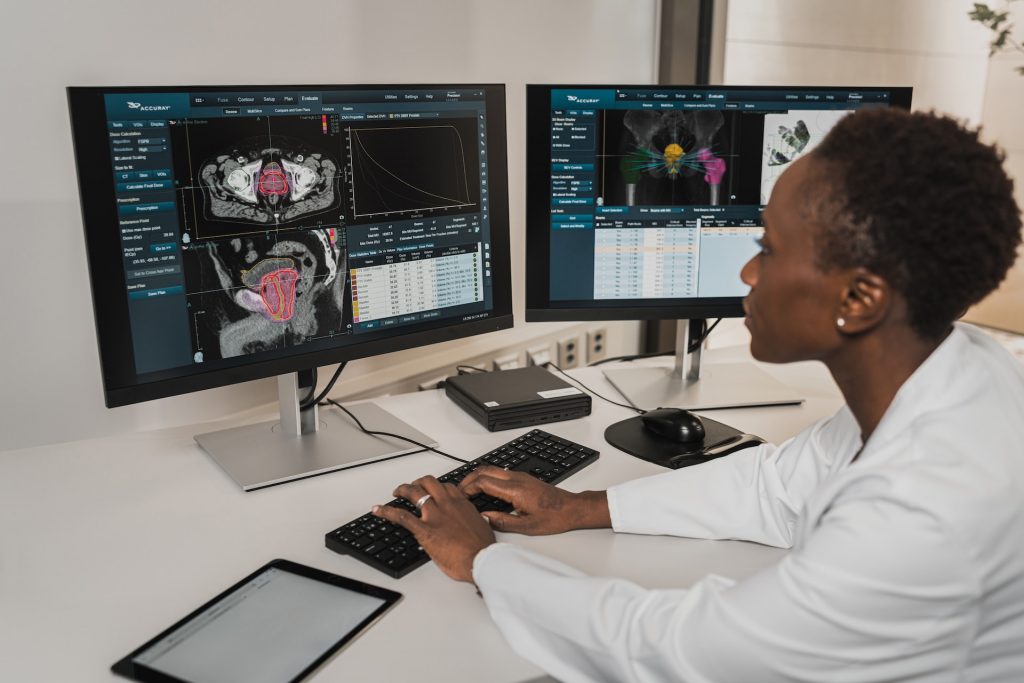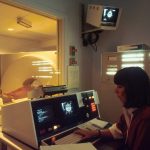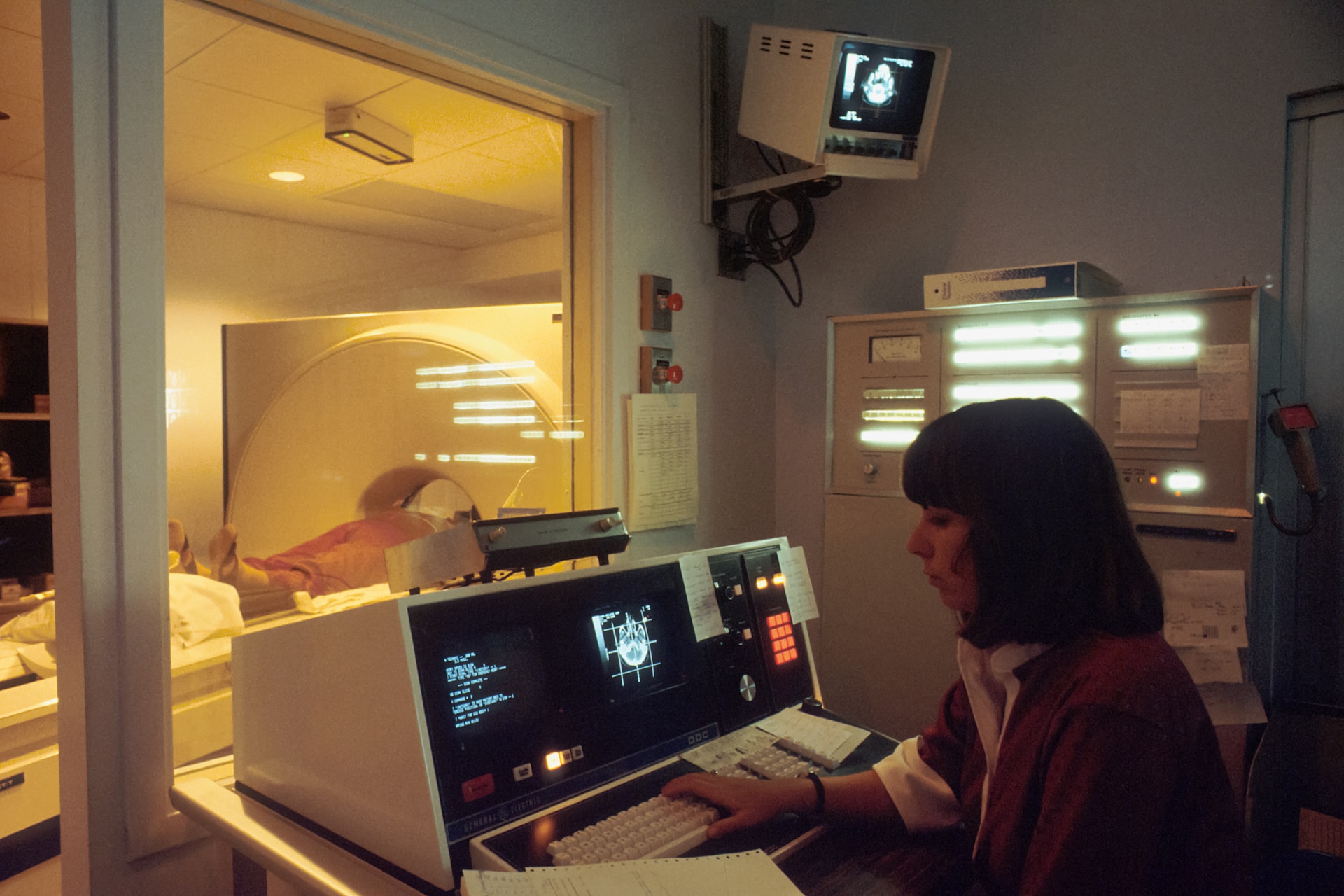Pelvic floor conditions can significantly impact an individual’s quality of life, causing pain, discomfort, and disruptions in everyday activities. To achieve successful treatment outcomes, it is crucial to begin with an accurate and effective diagnosis. In this article, we will explore the importance of a comprehensive diagnosis and how it can lead to improved results in treatment.
The Complexity of Pelvic Floor Conditions
The pelvic floor is a complex structure composed of muscles, ligaments, and connective tissues that support the pelvic organs and control bowel, bladder, and sexual function. Due to this intricate nature, the conditions related to this body part can present a wide range of symptoms, making it challenging to pinpoint the exact cause without a thorough diagnosis.
Common conditions include:
- Pelvic Pain Syndromes: Conditions characterized by chronic pain, such as Chronic Pelvic Pain Syndrome (CPPS) and Vulvodynia.
- Pelvic Organ Prolapse: This occurs when pelvic organs, such as the bladder, uterus, or rectum, descend into the vaginal canal due to weakened muscles.
- Urinary Incontinence: The involuntary leakage of urine, which can be caused by various factors, including weak muscles or nerve damage.

The Role of Specialized Evaluation
An effective diagnosis for these conditions involves a specialized evaluation conducted by healthcare professionals with expertise in pelvic health. This evaluation may include:
- Comprehensive Medical History: The healthcare provider will inquire about the patient’s symptoms, medical history, and any relevant past treatments.
- Physical Examination: A physical examination of the region may be performed to assess muscle strength, tone, and any signs of prolapse.
- Pelvic Floor Assessment: Specialized tests, such as biofeedback or electromyography (EMG), can provide valuable information about muscle function and coordination.
- Imaging Studies: In some cases, imaging studies like ultrasound or MRI may be used to visualize the organs and identify any structural abnormalities.
Advancing Diagnosis with High-Tech Imaging
In recent years, advancements in medical technology have contributed to more accurate and detailed diagnoses. High-tech imaging techniques offer valuable insights into pelvic floor conditions, enabling healthcare providers to tailor treatment plans more effectively.
- 3D Ultrasound: Three-dimensional ultrasound imaging allows for detailed visualization of the organs and muscles, aiding in the diagnosis of prolapses and muscle disorders.
- Dynamic MRI: Dynamic Magnetic Resonance Imaging (MRI) provides real-time images of the organs in action, helping to identify problems like incontinence and prolapse.
- High-Resolution Anorectal Manometry: This specialized test assesses anal sphincter function and rectal sensation, aiding in the diagnosis of disorders related to defecation.
Accurate diagnoses derived from high-tech imaging methods can enhance the precision of treatment plans, ensuring that therapeutic interventions target the specific issues causing the conditions. A personalized approach to treatment increases the likelihood of successful outcomes and improved long-term results.







